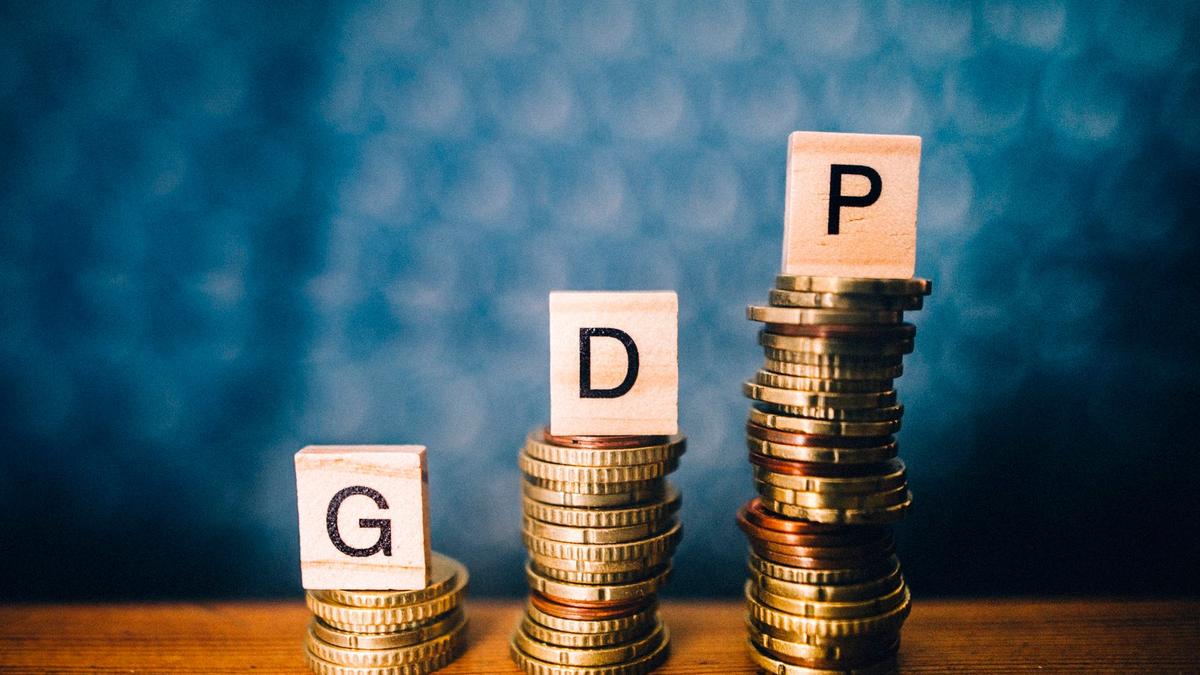How Macroeconomic Factors Affect Stock Markets

Macroeconomic Factors
1. Gross Domestic Product
2. Inflation
3. Unemployment Rate
4. Sales
5. Industrial Production
6. Policy
7. Geopolitical
Last Word
A core foundation of behavioral finance theory is that markets trade on sentiment and are therefore not efficient. This theory posits that rather than being rational and calculating, people often make decisions based on emotions and cognitive biases. Macroeconomic factors play a key role in influencing investor psyche, and thus on market movements.
Macroeconomic Factors
Macroeconomic factors are phenomena or conditions that are indicators of economic performance, including economic outputs, unemployment rates, and inflation. Such factors are fiscal, natural, or geopolitical occurrences that broadly affect a large economy as opposed to a particular population.
Macroeconomic factors can be either positive, negative, or neutral.
Let's walk through a few key macroeconomic factors that affect the stock markets.
1. Gross Domestic Product
In academic theory, the gross domestic product (GDP) is a quantitative measure of the market value of all finished goods and services produced over a given time period. GDP is a simple measure of growth or deceleration, and is a key indicator for assessing the economic health of an economy.
As GDP rises, investor sentiment is propped up and buyers flock to the markets. As GDP drops, investors are more pessimistic on earnings and future growth, and tend to shy away from the market or liquidate their holdings.
2. Inflation
Inflation is a progressive increase in the average cost of goods and services in the economy over time. As money supply increases, the increase in the velocity of money exchanging hands creates higher demand and as a result, higher prices.
Rising prices are inversely proportional to stock markets. While contrary to studies that suggest stocks hold their value during inflation, this should not be followed as a rule of thumb.
Inflation typically has disproportionate impacts on asset prices. Long duration growth assets suddenly fall out of favor to safer havens like gold. What is an absolute certainty is that inflation causes elevated stock market volatility. In the U.S., inflation is measured using the Core Consumer Price Index (CPI) which excludes food and energy since they tend to have higher volatility.
3. Unemployment Rate
The unemployment rate offers an indication of the economic health. A higher employment rate versus those unemployed indicates a stronger economy. When a majority of the populace is employed, spending increases the amount of money in circulation and boosts the economy.
4. Sales
Retail sales indicate how much people are spending. Retail is the direct consumer marketplace for domestic goods and services. Nearly 70% of the U.S. GDP comes from consumer spending and is therefore vital in determining economic growth.
5. Industrial Production
The Fed releases a monthly economic indicator of the outputs in the manufacturing and other related industries called the Industrial Production Index. It provides insights on inventories, capacity utilization and a sustainability in production levels.
Production levels below expected capacity utilization indicate a slowing economy.
6. Policy
Fiscal and monetary policy guide the flow of money in circulation within an economy. A reduction in interest rates corresponds to a loosening monetary policy regime. Similarly, increased government spending indicates a loose fiscal policy regime. Loose regimes generally cause increased liquidity and money supply in the markets.
Too much money in the economy creates asset bubbles and results in eventual stock market crashes.
7. Geopolitical
Politics affecting a nation can catalyze economic growth or recession. Trade agreements are on such geopolitical variable. Factors like these rely on the political leadership of a country and are linked to the geographical area of the country and neighboring nations.
Last Word
Economies rise and fall due to factors both inside and outside the control of governments and their people. These variables, known as macroeconomic factors, describe the events that change the financial outlook of a country and therefore its stock markets. As economic growth and recession move through cyclical patterns, investors feel optimistic or pessimistic about probable market outcomes and act according to what sentiment dictates, which more often than not is short-term and irrational.
Stay safe, stay nimble, stay humble!
Share This